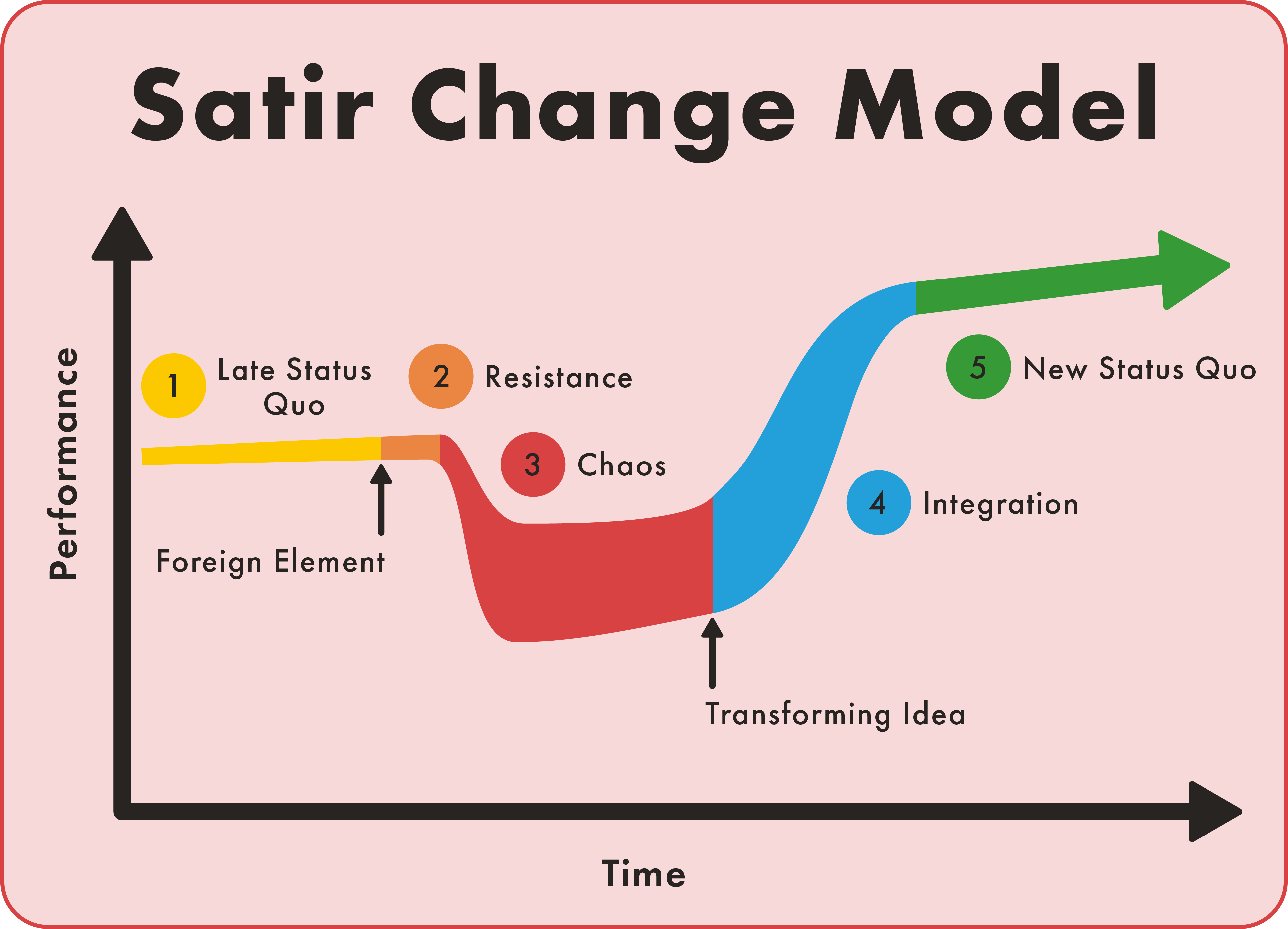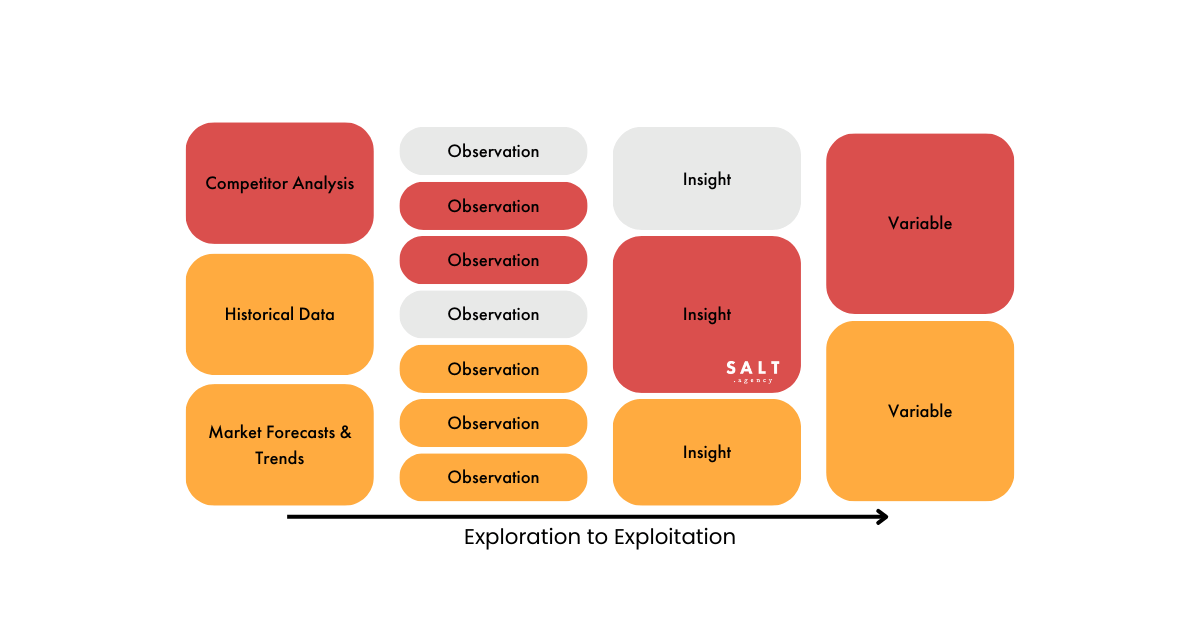Exploration v exploitation, balancing short-term SEO results with long-term impact
Balancing quick wins against longer-term SEO plays is always a challenge when deciding how and where to allocate resources. Different stakeholders within a client’s business have varying expectations about how long SEO should take to show an impact.
To address this, we balance shorter-term tactics, or “quick wins,” with longer-term initiatives that deliver results over time.
The key is finding the right balance between these approaches and aligning them with business needs, objectives, and market conditions while factoring in established seasonal trends, audience behaviour, and buying patterns.
This decision-making process involves what is known as the explore-exploit trade-off.
It’s a trade-off between gathering new information (exploration) and using it to improve performance (exploitation).
A good example of this in nature is honeybees, where some bees scout for new pollen sources and return to the hive to communicate their findings through a dance. However, some bees ignore this dance and continue to explore new areas. While their success rate in discovering pollen may be low, their findings often lead to valuable new resources that benefit the hive.
Exploration v Exploitation in SEO strategy
In SEO, the exploration v exploitation trade-off is far more complex due to the extensive range of variables involved. Right now, SEO is in a state of instability.
Using the Satir Change Model, we can see that the industry is moving from the old status quo into a phase of resistance, breaking into chaos. This is driven mainly by AI and changes in how users interact with the internet.

Typically, the time to exploit is when you’re confident that tomorrow will look much like today.
When you focus on exploiting, businesses focus on strategy-based exploitation, reinforcing their market position, optimising current traffic, and improving operational efficiencies. However, we are entering a turbulent period that is characterised by significant market disruptions and rapid technological changes, driven primarily by AI.
Looking at the adoption curve, AI is well into the early majority phase, and the momentum is irreversible. Businesses must explore new solutions and develop resilient models to adapt.
Similar technological shifts in the past, such as Microsoft Excel revolutionising the accounting industry or home computers reducing the need for libraries, happened over a more extended period. In contrast, the evolution of AI is accelerated, increasing the urgency to adapt.
The role of SEO testing
In this evolving landscape, SEO testing has become even more critical. A portion of resources should focus on short-term tactics—leveraging existing knowledge and variables to maximise current SEO performance. However, we must also prioritise growth forecasting and the testing of new approaches.
The goal of this exploration is not just to find a large number of winning strategies but to identify points of leverage that were previously unknown or underutilised.
Understanding these leverage points becomes critical as AI diverts to increase the number of zero-click searches or remove the need to search altogether, in the case of LLM tools. Once identified, we shift into exploitation mode, rigorously testing and refining these strategies to drive quick wins.
Businesses should never abandon exploration, even when they find new variables to leverage for growth. It remains an essential part of the process.
Businesses often underestimate the headroom value of specific audience segments and overlook insights that could redefine their customer base. Maintaining a continuous cycle of exploration and exploitation ensures that SEO strategies remain adaptable and practical in a rapidly changing digital landscape.
Finding your variables to improve SEO performance
Identifying the variables that you can leverage and exploit to improve SEO performance that creates the most opportunities. The aim is not to immediately look for the variable but to identify areas you can refine to find the variable.

It’s also important at this stage to not just move from explore to exploit at the first opportunity you find, as you need to find opportunities to maintain momentum continuously. You may also find that some you make the same observations from different data sources and these lead to common insights, and then actions to be taken. It isn’t a linear 1:1:1 system of one analysis, equalling one observation, one insight, and one variable (action).
SEO is always a balancing act between short-term wins and long-term gains. The explore-exploit trade-off helps guide this decision-making process, ensuring that we’re not just investing all resources on existing opportunities but also discovering new ones.
With AI-driven changes reshaping search and user behaviour, the need for continuous exploration has never been more critical. SEO testing plays a crucial role in identifying leverage points before shifting into exploitation mode to drive results.
Businesses that maintain a cycle of exploration and exploitation will be best positioned to adapt to the evolving landscape. By continuously refining strategies and identifying new variables, they can sustain growth, maximise SEO performance, and stay ahead in an unpredictable market.